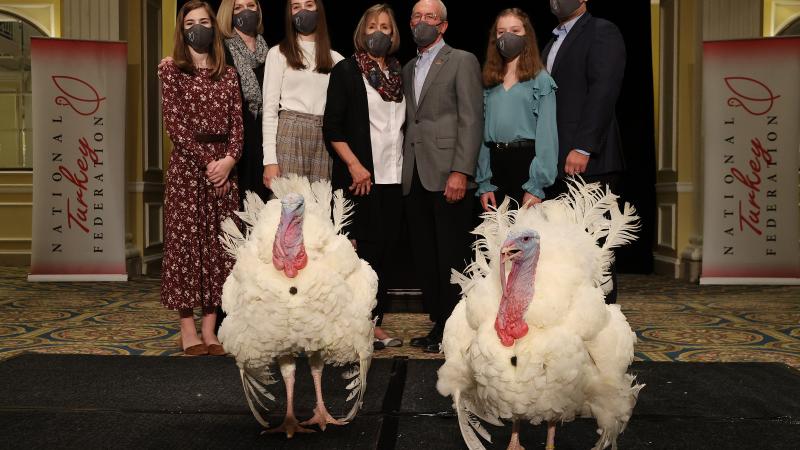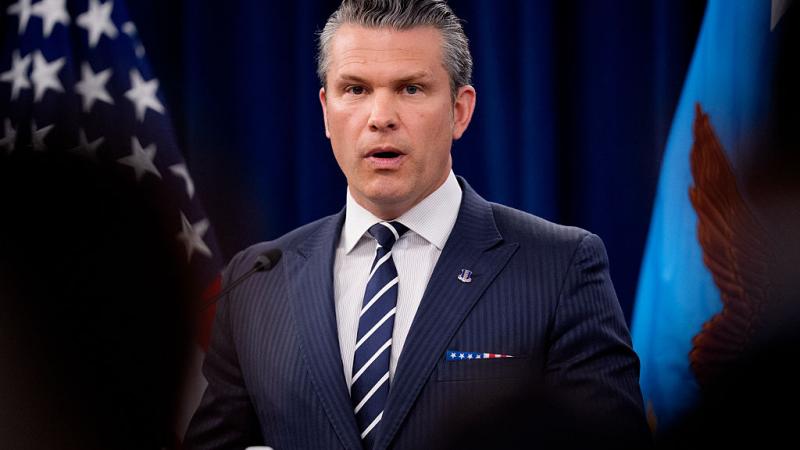California likely to fight for EV mandate, but data shows that EV sales way below mandate targets
California's EV mandate requires that 35% of all new vehicles sold in the state be electric in 2026, but EV sales were only 25% of the total in 2023 and 2024.
The Republican-controlled Senate on Thursday voted to repeal a Biden administration waiver granted to California that allowed the state to set emissions standards that would effectively ban the sale of gas-powered cars by 2035.
President Donald Trump is expected to sign the measure, which will set the stage for legal battles challenging the legality of the action. Should those challenges prove successful and the EV mandate stands in California and the other states that have adopted California’s regulations, it’s likely to produce a lot of problems for car buyers.
New reports by the Energy Policy Research Foundation (EPRINC) show that the rate of electric-vehicle adoption in California is falling well beneath the targets the rules require, and the fuel costs per mile are higher for electric vehicles than for their gas-powered counterparts.
California going national
The Clean Air Act allows California to set emission standards for new vehicles higher than those of the Environmental Protection Agency, so long as the EPA grants the state a waiver. California sought a waiver for its Advanced Clean Cars II regulations, which requires all new vehicle sales in California be electric or plug-in hybrid vehicles by 2035. And in December 2024, the Biden administration granted the state its requested waiver.
Many opponents of EV mandates consider the waiver to be a key component of the Biden administration’s goal of getting Americans to drive electric vehicles. Because 11 states and the District of Columbia have adopted California’s regulations, and because manufacturers understand that California is by far the largest market for new cars, California’s EV mandate would likely maintain an EV mandate nationally, even if the other rules the Biden administration enacted in support of the mandates were to be repealed, critics warned.
“American families should have the freedom to choose the vehicles that best meet their needs and not have a faceless bureaucrat impose a mandate on them,” Daniel Turner, executive director for Power The Future, said following the Senate’s vote.
The resolution revoking California’s waiver was introduced under the Congressional Review Act (CRA), allowing Congress to block finalized federal regulations. The Senate’s repeal of the waiver marked the first time Congress has used the CRA to nullify waivers, according to Roll Call.
The Government Accountability Office and Senate Parliamentarian Elizabeth MacDonough ruled that the waiver was not subject to the Congressional Review Act, but the House and Senate proceeded to pass the resolution anyway.
This will likely be the basis for legal challenges to the repeal. Ahead of the Senate vote, California Democrat Gov. Gavin Newsom issued a statement calling the House vote for the resolution “illegal” and suggested that the state might take legal action to overturn the repeal.
“Waivers do not expire, and there is no process for revoking a waiver – which makes sense because governments and industry rely on market certainty that waivers provide for years after they are granted to deliver clean vehicles and develop clean air plans,” the statement reads.
California dreaming
Should California succeed in its legal challenges and pave the way for it and other states to implement the Advanced Clean Cars II, it’s not clear that gas-powered vehicles will be purged from the roads as the rule intends. Instead, it may cause huge financial losses for automakers and distort new and used car prices for consumers.
Batt Odgerel, director of energy transition research at the Energy Policy Research Foundation, compared the rate of EV adoption in California over the last few years with the future targets that California’s ACCII aims to achieve.
From 2021 to 2023, the percentage of new car sales that were electric vehicles rose from 13% to 25%. In 2024, there was no increase, and in the first quarter of 2025, it fell to 24%. The ACCII demands that the percentage of new car sales that are electric hit 35% by 2026.
Odgerel told Just the News that when the ACCII was being drafted – the rules were finalized in 2022 – it’s likely California officials thought the increases in electric vehicle sales would continue.
“It was still very high, and I think in that environment, California officials were probably blinded and assumed non-stop linear growth until 2035,” he said.
The increases were also partly due to the state’s Clean Vehicle Rebate Project, which provided state-funded incentives for the purchase of new electric vehicles, in addition to federal tax credits. The project ceased taking new applications in November 2023.
“When the subsidies get exhausted, reality hits,” Odgerel said.
He said that in the 11 other states and the District of Columbia that have adopted California’s ACCII, EVs are only 14% of new vehicle sales. The ACCII requires that 43% of all new car sales be electric by 2027. To reach that, the share of sales that are EVs in these other states and D.C. will have to triple in just two years. Adoption of the ACCII, Odgerel said, will not guarantee a successful transition to EVs.
“As such, the ACC II poses a major risk of resource mis-allocation across the country,” he said.
Ultimately, reaching the targets will require massive increases in state and federal subsidies, Odgerel said.
Burdens for companies and consumers
Odgerel also compared the California fuel costs per mile of a Tesla Model Y, the company’s newest model, to that of a gas-powered Toyota RAV4. California’s Model Y drivers will pay $0.158 per mile, and the RAV4 drivers will pay $0.138. In addition to these costs, charging infrastructure is still underdeveloped, he said, and the purchase price of EVs is higher than that of gas-powered vehicles.
“This entails increased burdens for consumers and higher energy prices across the board,” Odgerel said.
He notes that the comparison is based on various assumptions, and actual numbers will vary in different cases. Likewise, without California’s gasoline policies, which drive up the cost per gallon, the savings for gas-powered cars would be even higher.
The ACCII applies to car manufacturers and not to the buyers. So, if EV purchase and operation costs are not competitive with gas-powered vehicles, consumers will have the option of buying gas-powered vehicles in states that allow them or hanging onto their current gas-powered car.
“Therefore, a heavy-handed government approach could result in not-so-desirable second order effects like increasing ICE [internal combustion engine] car prices,” Odgerel said.
Low consumer demand for EVs will also increase inventories on sales lots, something that has already become a problem in California and elsewhere. The situation could exacerbate the losses automakers have experienced with their EV lines.
According to energy expert Robert Bryce, Ford lost $37,650 on each EV it sold in the first quarter of this year, which is an improvement over the $49,000 the company lost on each EV sold in 2024.
Ford remained profitable because its ICE vehicles made enough money to cover the losses on its electric vehicles. The ACCII mandates, however, will make it even harder, Odgerel said, because those revenue streams will shrink.
Unless the courts decide otherwise, consumers and auto manufacturers are safe from the ACCII for now, but it will likely be up to the courts to decide whether the waiver repeal stands.
The Facts Inside Our Reporter's Notebook
Links
- voted to repeal the waiver granted to California
- Energy Policy Research Foundation
- Advanced Clean Cars II
- granted the state its requested waiver
- consider the waiver to be a key component
- 11 states and the District of Columbia
- largest market for new cars
- Power The Future
- Congressional Review Act
- according to Roll Call
- Gavin Newsom issued a statement
- Batt Odgerel
- compared the rate of EV adoption in California
- finalized in 2022
- Clean Vehicle Rebate Project
- federal tax credits
- compared the California fuel costs per mile
- Tesla Model Y
- Toyota RAV4
- which drive up the cost per gallon
- California and elsewhere
- energy expert Robert Bryce
- $49,000 the company lost on each EV sold in 2024














